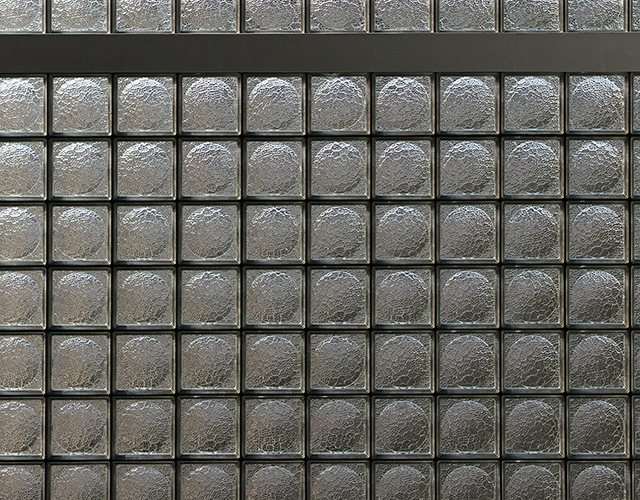
by Francesco Anselmo, Lighting Designer at Arup in London
Can we imagine a house without windows? Probably not, yet we don’t seem to mind spending most of our lives in artificial environments, working, studying, meeting, shopping deep inside buildings where air and light are crafted by machines to create the most uniform and stable conditions.
We’ve strived to create the perfectly stable environment at work to avoid dis-tractions and enhance productivity. These conditions are sanctified by design recommendations, building regulations and energy codes, which have been put together, in bona fide and with the best intentions, to improve living and working conditions and environmental footprints. Yet the most basic rule of providing natural light for all is seldom applied and perceived as conflicting with energyefficient design.
Artificial, electric light is efficient and cheap. With it, we humans have conquered the night. With it, we can extinguish the darkness lurking inside the deepest rooms. With it, we are witnessing the transformation of our cities into denser environments with ever larger and deeper buildings designed to maximise economic profit whilst preserving energy, therefore keeping solar radiation out.
Views out increase the value of a property, so glass surfaces have become pervasive. But does a fully glazed facade mean more daylight? Fully glazed facades must still keep the heat out, transforming glass into a highly technical material capable of reflecting more sunlight and solar heat, sometimes even with negative effects on the neighbouring environment. Fully glazed facades must minimise glare, and typically include add-on manual shading devices that are typically deployed and forgotten in the down position.
Sunlight seems to have become the worst offender, even in cloudy and cold countries. But we have forgotten that this is the light we have evolved with, the light that has shaped life on Earth and that sustains it day after day. The light that, when filtered through the canopy of a forest, creates the most perfect environment we have known for millions of years. But it is also the very environment we have just started to reject because of our current social, political and economic infrastructure, which makes us migrate at increasingly faster speed to the megacities of the 21st century.
| “The challenge is to rediscover how the path of the sun shapes our life and experience, and apply this lesson to urban planning and building design from first principles.” |
The challenge for new generations of building designers is to think about the human sensorial experience and the fundamental role that sunlight has had in shaping our early cities and buildings. The challenge is to rediscover how the path of the sun shapes our life and experience, and apply this lesson to urban planning and building design from first principles. Design with sunlight first.
Francesco Anselmo is a Senior Lighting Designer at Arup in London, where he has specialised in numerical simulation and visualisation systems and develops computer tools for lighting design, building simulation and interaction design. He holds a PhD in Environmental Physics and a degree in architectural engineering.
For more views from international experts on daylighting download or subscribe to D/A Magazine no. 24 available at http://DA.VELUX.com and the App Store.



